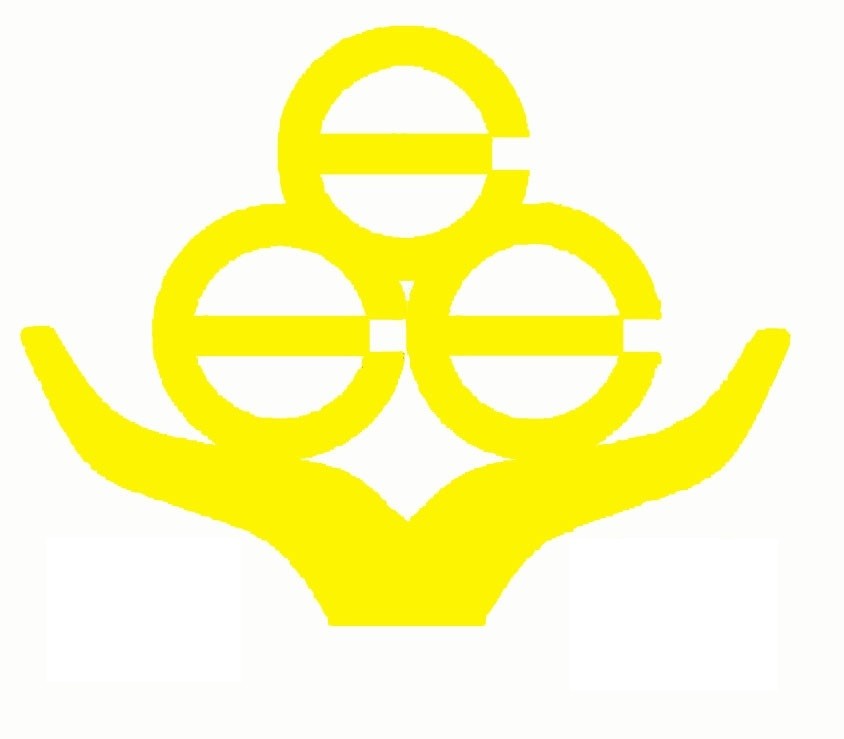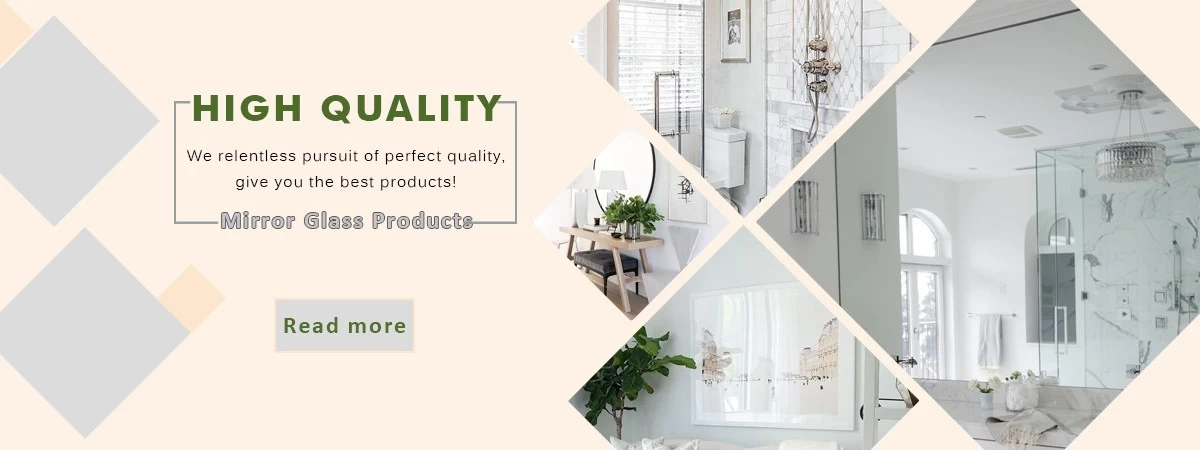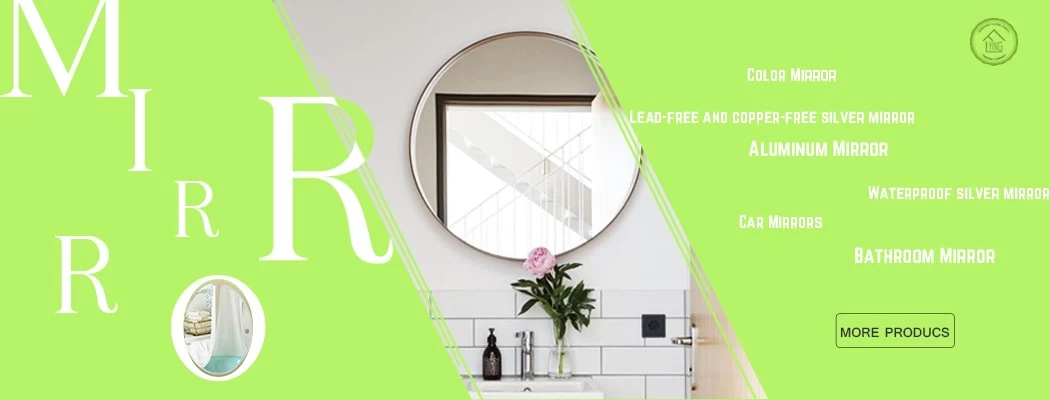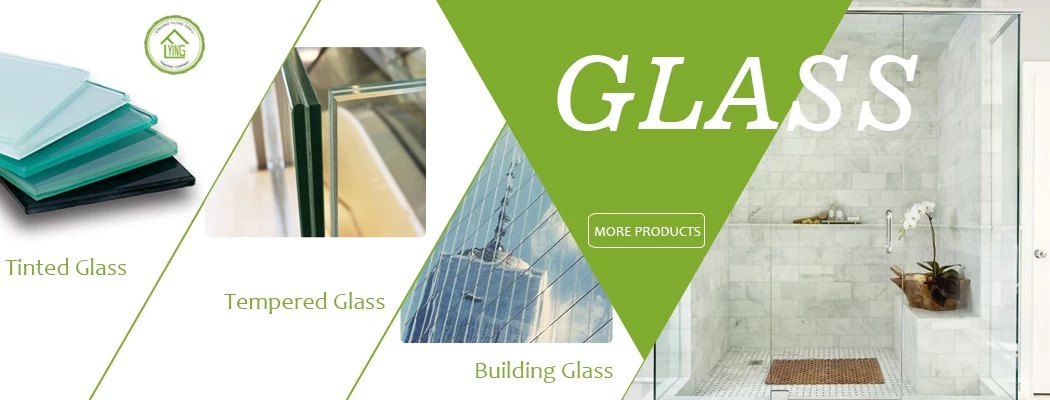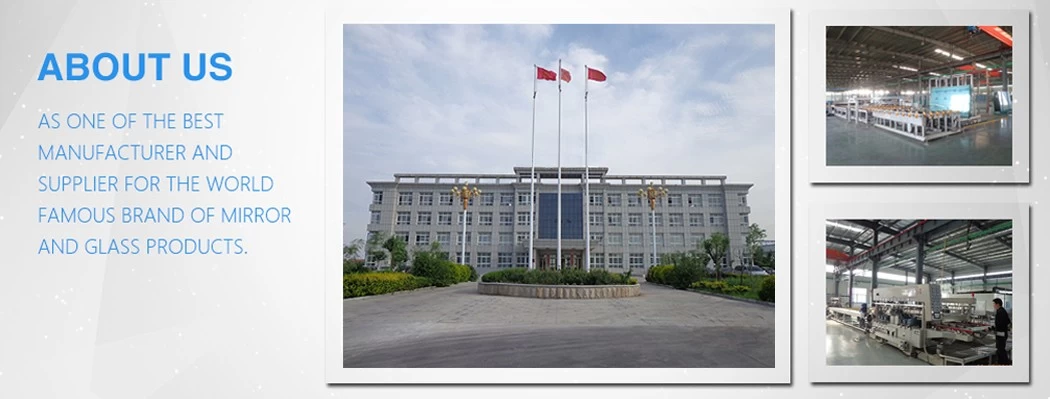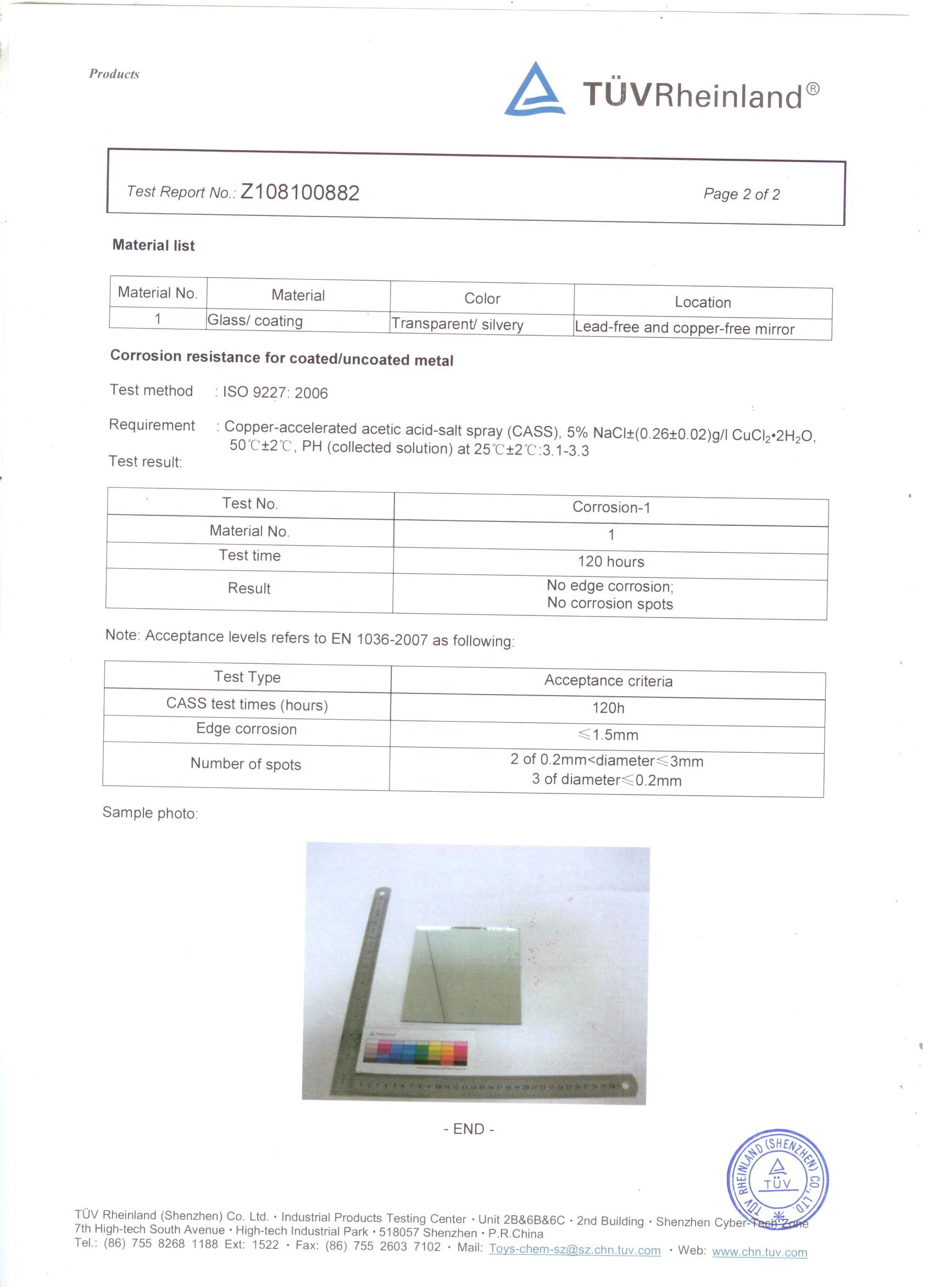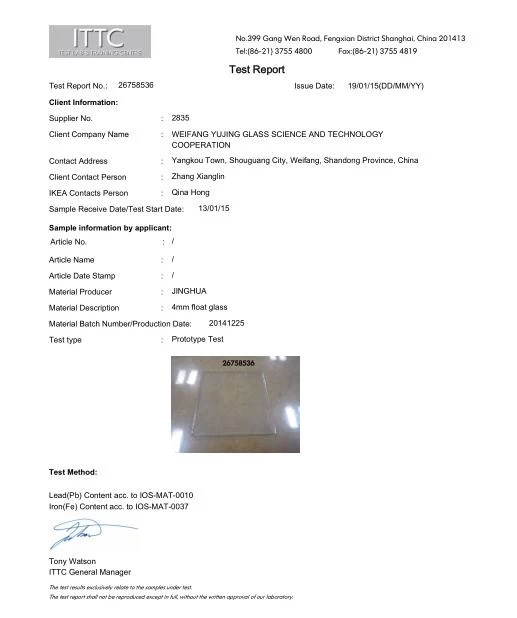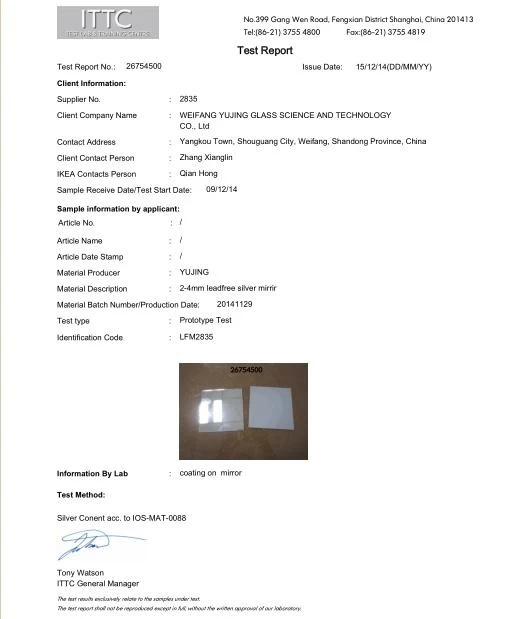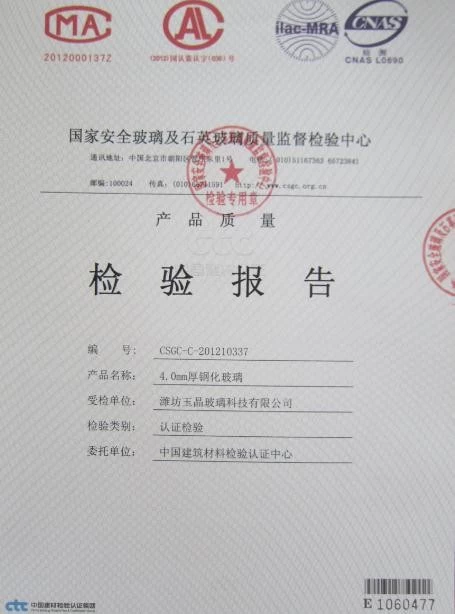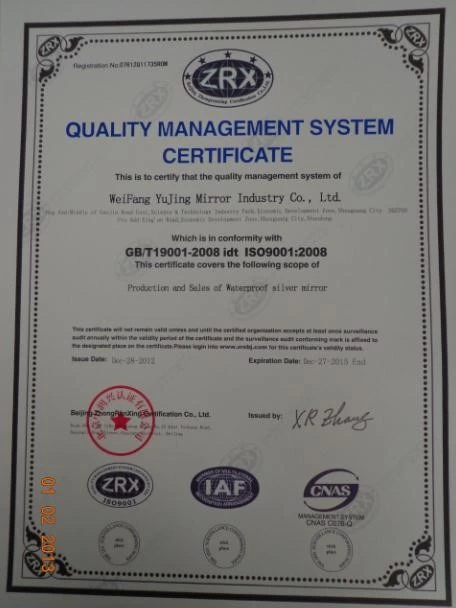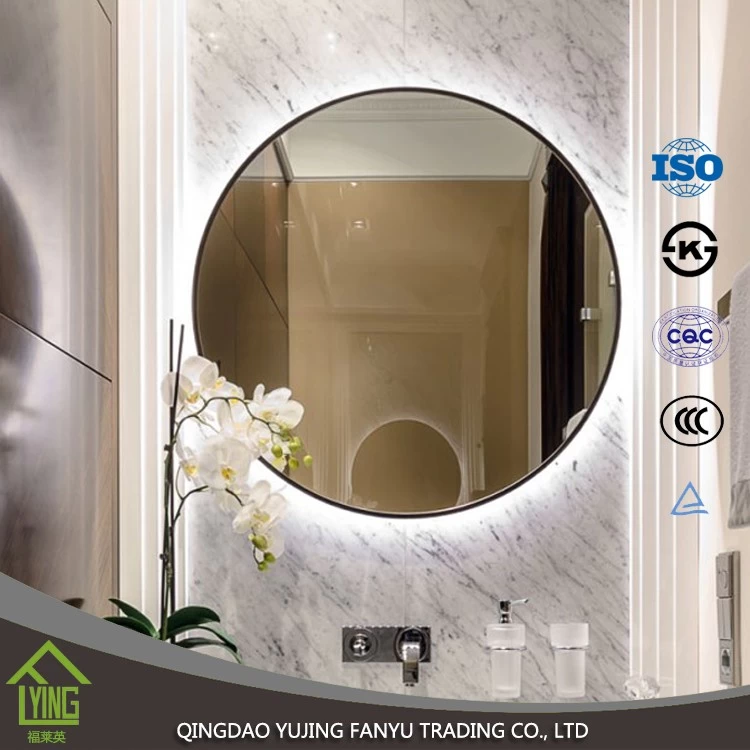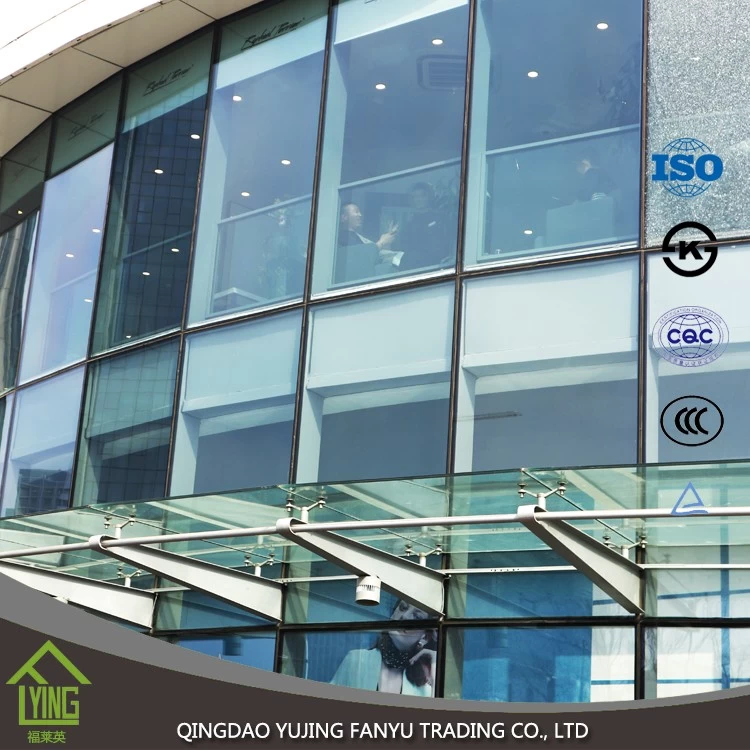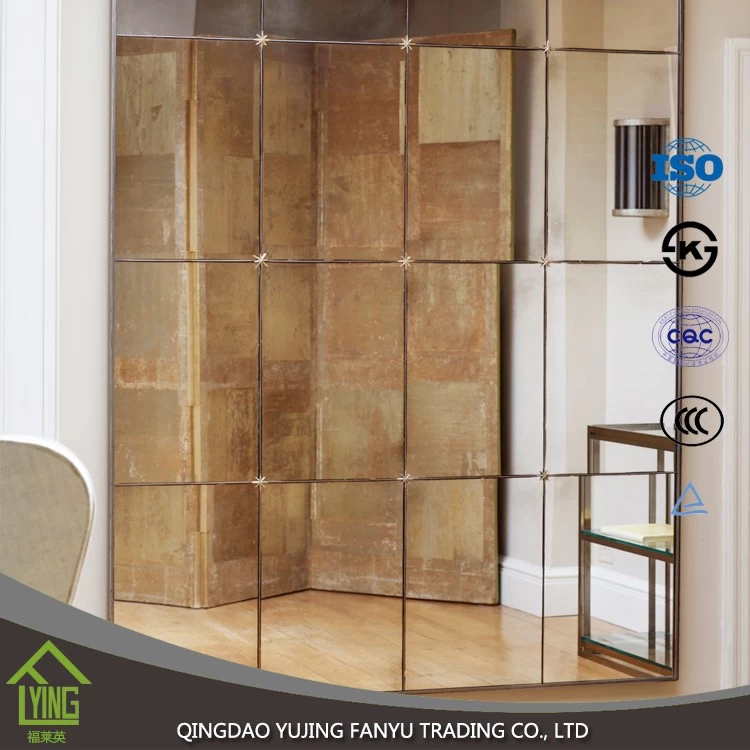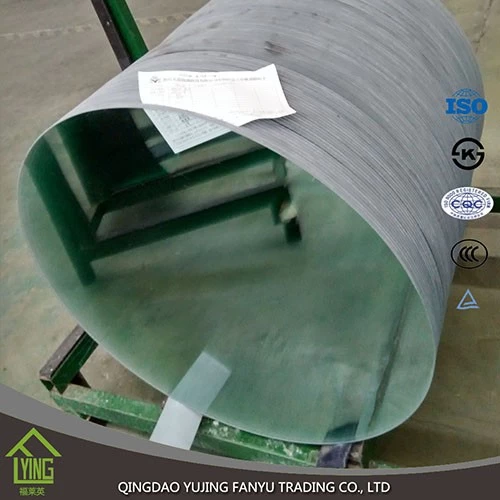Effect of color on the production process of glass bottle
Fanyu
www.glass.com.cn
2018-01-25 14:31:56
The glass jar on the market is divided into four categories, namely colorless, pale cyan, emerald green and brown. On the color of glass, people pay more attention to its product attributes and the chemical reaction phenomenon in the process of production, but the lack of necessary research on the physical phenomena related to glass color, such as the relationship between color and heat transfer of glass and the influence of heat transfer process on production process. In this, we based on production experience and some test data, on the above issues to do a superficial discussion for colleagues to refer to.
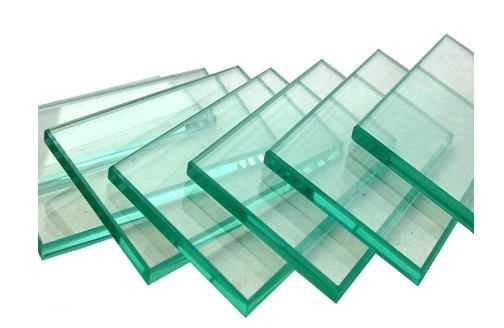
1, glass color and "heat transfer difference"
Different color of glass for near ultraviolet, visible light and near infrared have different absorptive capacity. The brown Glass has a strong absorptive capacity for the visible light near the 400nm wavelength, and appears at 400nm at a large value. Emerald Glass has a strong selective absorption capability for wavelengths near 440nm and 630nm, with a maximum value at 440nm and 630nm. The light cyan Glass has a weak absorption capacity to the visible light, and it appears at a small value at 500nm. For light absorption in near ultraviolet areas, brownGlassVery strong, the emerald glass is moderate, the pale cyan glass is weaker. There is a certain difference between three kinds of color glass for the absorption ability of light in near infrared area, but the difference has been reduced gradually. When the color quality is the same and the color concentration is different, the absorption ability of light is proportional to the change of color concentration.
In the process of glass production, light radiation and heat transfer are inseparable two physical phenomena. For different color of glass, the ability to absorb radiation, that is, the ability to absorb high temperature radiation heat, the glass surface absorbs more heat, through the glass body in the form of radiation transmitted heat is less. This is due to different glass color caused by the difference in the absorption capacity and heat transfer capacity differences, we call it "heat transfer difference." In the glass production process, when the glass color changes or the glass color concentration changes, will make the melting, molding, annealing and other processes of the status of significant changes. Only by understanding the "heat transfer difference" of different color glass, and taking corresponding countermeasures for the process change brought by "Heat transfer difference", can the production process be effectively controlled.
2, glass color and melting process
In the glass furnace, there are three heat transfer forms of radiation, convection and conduction. The change of glass color has great influence on the heat transfer form and thermal efficiency. In the process of melting, the influence of glass color change on the process condition is much more obvious and much more serious than the change of glass composition. There is a great difference in the temperature distribution of different colored glass in the furnace. For the sake of comparison, the temperature distribution of different color glass is monitored with 48m2 oil horseshoe flame furnace as reference furnace, full insulation of furnace body, no bubbling device, deep 1200mm of melting pool, hot spot doing plumb.
At the same melting temperature, there are obvious differences between the liquid surface temperature and the bottom temperature of different color glass. From the liquid surface temperature, and the glass color of the "heat transfer difference" there is a corresponding relationship between the absorption capacity of brown glass is very strong, liquid surface temperature is very high; Emerald glass second, pale cyan glass second. From the bottom temperature of the pool, the problem becomes somewhat complicated; the light cyan glass is easy to understand, because it absorbs radiation light's ability is poor, through the glass body to radiate to the pond bottom heat more, therefore the pond bottom temperature is high; Emerald glass is also easy to understand, it absorbs radiation light, There is less heat passing through the glass body to the bottom of the pool, so the bottom temperature is lower. However, the situation of Brown glass is somewhat difficult to understand, it absorbs radiation of the ability is very strong, why the bottom of the pool temperature than emerald glass is much higher? What causes this "heat transfer anomaly" phenomenon? The reason may be this: we can divide the vitreous in the pool into several liquid layers, Due to the weak light transmittance of the brown glass, the heat transfer from the upper liquid layer to the lower liquid layer is less than that, so the temperature difference between the liquid layers is larger and the temperature gradient should exist along the deep direction of the pool. However, because of the heat absorbing ability of the brown glass, the upper glass liquid absorbs the thermal energy, the temperature rises, the volume expands, and the thrust is generated along the horizontal direction, and the thrust is shifted to the lower liquid layer through the wall of the tank, and the convection force is formed. The lower layer of the glass liquid by the convection force of the squeeze gradually increased, in the rise in the absorption of heat volume expansion, resulting in the thrust around, and thus strengthen the convection effect. The strong endothermic ability of the brown glass leads to the strong convection in the molten pool, which makes up for the shortage of radiative heat transfer, which is the reason of the high temperature of the brown glass pool.
Generally speaking, in the same process conditions and temperature system, with the same basic composition and color of different glass compared to the melting of brown glass can obtain better glass uniformity and higher melting rate. The reason is precisely due to the strong heat absorption ability of brown glass caused by strong convection effect. Of course, this avoids the presence of bubbling devices, the involvement of bubbling devices will change the conditions of heat transfer, and the role of bubbling device is to strengthen the convection. When melting emerald glass, if you want to improve the temperature of the pool, glass uniformity and melting efficiency, the installation of bubbling device is an effective measure. When in the same furnace to replace the different color of the liquid, melting, work and feed the process elements must be adjusted to adapt to the glass color of the "heat transfer difference" caused by the changes in the process state.
3, glass color and forming process
In the glass forming stage, the heat transfer between the billet and the mold is mainly carried out by radiation and conduction mode. In this temperature range, the radiation heat is mainly in the visible and near-infrared form of transmission. At this time, the different color of the glass its endothermic capacity and heat transfer capacity There are considerable differences, this "heat transfer difference" will certainly give a significant impact on the process of heat transfer.
We can think of both the embryo and the bottle as the whole of some glass-layer combination. In the whole molding process, in the middle of the glass layer temperature is very high, and the process gas and mold contact with the internal and external two layers of temperature is very low, heat radiation and conduction way from the high-temperature layer to the low-temperature layer. The glass is different in color, and the rate of heat transfer by radiation is different. Heat transfer speed of the order is: colorless, light cyan, emerald green, brown.
In this paper, the concept of "surface hardening speed" is introduced, which is one of the factors for the cooling strength of the left and right mould and the bottle forming speed. For different color glass, heat transfer speed is the surface hardening speed slow, and slow heat transfer speed surface hardening faster. In the molding process, the billet experienced the flutter, pour blowing, heavy heat, extension, blowing and other technological steps, heat continuously from the vitreous interior to the glass surface transfer, and then through the glass surface to the mold around the space transfer heat. Mold and process gas absorbs heat and cools the vitreous body, and when the surface of the glass is hardened enough to maintain the shape of the vitreous, the bottle is formed. In fact, when the bottle is out of the mold, the different color of the glass bottle body temperature is a big difference. Colorless glass heat transfer speed faster, release more heat, the bottle body temperature is lower when the mold, brown glass heat transfer speed is slower, less heat release, the mold when the bottle body temperature is higher; light cyan and emerald glass are between them. The production of colorless glass bottles, the need for higher cooling strength, otherwise the bottle will be easily deformed, the production of brown glass bottles, the need for lower cooling strength, otherwise the bottle will easily produce cold spots and surface micro-cracks. There are two main ways to adjust the cooling strength, that is, mechanical adjustment and process adjustment. Mechanical adjustment includes adjusting process gas dosage, adjusting mold cooling wind dosage, adjusting mechanism action timing, etc. process adjustment includes adjusting machine speed, adjusting drop material temperature, adjusting billet shape and weight, etc.
4, glass color and annealing process
In the glass annealing stage, the radiant heat is mainly transmitted by near-infrared rays. At the annealing temperature, the radiation heat transfer ability of brown glass and emerald glass is basically equal, and the radiant heat transfer ability of the pale cyan glass and colorless glass is higher. Under the same equipment conditions, different color of the bottle into the annealing kiln bottle body temperature is different, brown bottle temperature is higher, emerald bottle second, pale cyan bottle second. Therefore, in the heating insulation belt, the different color of the bottle requires the external compensation of the heat is different. When using electric heating annealing kiln, the difference in power consumption of different color bottles will be found. Of course, this does not have a noticeable effect on the elimination of stress in the glass. In slow-cooling strips, colorless and pale cyan bottles release heat faster, while brown and emerald bottles release heat more slowly. Therefore, when the cold belt enters the quench zone, the bottle temperature of the bottle with different color has a slight difference. In the later cooling process, the thermal radiation gradually into the far-infrared area, different color glass of the heat release rate has no significant difference, but the previous bottle body temperature will have a certain impact on the cooling process. When the glass color changes, due to the cold end spraying process requirements, in order to obtain the appropriate kiln door outlet temperature, the cooling zone needs to adjust the temperature system.

1, glass color and "heat transfer difference"
Different color of glass for near ultraviolet, visible light and near infrared have different absorptive capacity. The brown Glass has a strong absorptive capacity for the visible light near the 400nm wavelength, and appears at 400nm at a large value. Emerald Glass has a strong selective absorption capability for wavelengths near 440nm and 630nm, with a maximum value at 440nm and 630nm. The light cyan Glass has a weak absorption capacity to the visible light, and it appears at a small value at 500nm. For light absorption in near ultraviolet areas, brownGlassVery strong, the emerald glass is moderate, the pale cyan glass is weaker. There is a certain difference between three kinds of color glass for the absorption ability of light in near infrared area, but the difference has been reduced gradually. When the color quality is the same and the color concentration is different, the absorption ability of light is proportional to the change of color concentration.
In the process of glass production, light radiation and heat transfer are inseparable two physical phenomena. For different color of glass, the ability to absorb radiation, that is, the ability to absorb high temperature radiation heat, the glass surface absorbs more heat, through the glass body in the form of radiation transmitted heat is less. This is due to different glass color caused by the difference in the absorption capacity and heat transfer capacity differences, we call it "heat transfer difference." In the glass production process, when the glass color changes or the glass color concentration changes, will make the melting, molding, annealing and other processes of the status of significant changes. Only by understanding the "heat transfer difference" of different color glass, and taking corresponding countermeasures for the process change brought by "Heat transfer difference", can the production process be effectively controlled.
2, glass color and melting process
In the glass furnace, there are three heat transfer forms of radiation, convection and conduction. The change of glass color has great influence on the heat transfer form and thermal efficiency. In the process of melting, the influence of glass color change on the process condition is much more obvious and much more serious than the change of glass composition. There is a great difference in the temperature distribution of different colored glass in the furnace. For the sake of comparison, the temperature distribution of different color glass is monitored with 48m2 oil horseshoe flame furnace as reference furnace, full insulation of furnace body, no bubbling device, deep 1200mm of melting pool, hot spot doing plumb.
At the same melting temperature, there are obvious differences between the liquid surface temperature and the bottom temperature of different color glass. From the liquid surface temperature, and the glass color of the "heat transfer difference" there is a corresponding relationship between the absorption capacity of brown glass is very strong, liquid surface temperature is very high; Emerald glass second, pale cyan glass second. From the bottom temperature of the pool, the problem becomes somewhat complicated; the light cyan glass is easy to understand, because it absorbs radiation light's ability is poor, through the glass body to radiate to the pond bottom heat more, therefore the pond bottom temperature is high; Emerald glass is also easy to understand, it absorbs radiation light, There is less heat passing through the glass body to the bottom of the pool, so the bottom temperature is lower. However, the situation of Brown glass is somewhat difficult to understand, it absorbs radiation of the ability is very strong, why the bottom of the pool temperature than emerald glass is much higher? What causes this "heat transfer anomaly" phenomenon? The reason may be this: we can divide the vitreous in the pool into several liquid layers, Due to the weak light transmittance of the brown glass, the heat transfer from the upper liquid layer to the lower liquid layer is less than that, so the temperature difference between the liquid layers is larger and the temperature gradient should exist along the deep direction of the pool. However, because of the heat absorbing ability of the brown glass, the upper glass liquid absorbs the thermal energy, the temperature rises, the volume expands, and the thrust is generated along the horizontal direction, and the thrust is shifted to the lower liquid layer through the wall of the tank, and the convection force is formed. The lower layer of the glass liquid by the convection force of the squeeze gradually increased, in the rise in the absorption of heat volume expansion, resulting in the thrust around, and thus strengthen the convection effect. The strong endothermic ability of the brown glass leads to the strong convection in the molten pool, which makes up for the shortage of radiative heat transfer, which is the reason of the high temperature of the brown glass pool.
Generally speaking, in the same process conditions and temperature system, with the same basic composition and color of different glass compared to the melting of brown glass can obtain better glass uniformity and higher melting rate. The reason is precisely due to the strong heat absorption ability of brown glass caused by strong convection effect. Of course, this avoids the presence of bubbling devices, the involvement of bubbling devices will change the conditions of heat transfer, and the role of bubbling device is to strengthen the convection. When melting emerald glass, if you want to improve the temperature of the pool, glass uniformity and melting efficiency, the installation of bubbling device is an effective measure. When in the same furnace to replace the different color of the liquid, melting, work and feed the process elements must be adjusted to adapt to the glass color of the "heat transfer difference" caused by the changes in the process state.
3, glass color and forming process
In the glass forming stage, the heat transfer between the billet and the mold is mainly carried out by radiation and conduction mode. In this temperature range, the radiation heat is mainly in the visible and near-infrared form of transmission. At this time, the different color of the glass its endothermic capacity and heat transfer capacity There are considerable differences, this "heat transfer difference" will certainly give a significant impact on the process of heat transfer.
We can think of both the embryo and the bottle as the whole of some glass-layer combination. In the whole molding process, in the middle of the glass layer temperature is very high, and the process gas and mold contact with the internal and external two layers of temperature is very low, heat radiation and conduction way from the high-temperature layer to the low-temperature layer. The glass is different in color, and the rate of heat transfer by radiation is different. Heat transfer speed of the order is: colorless, light cyan, emerald green, brown.
In this paper, the concept of "surface hardening speed" is introduced, which is one of the factors for the cooling strength of the left and right mould and the bottle forming speed. For different color glass, heat transfer speed is the surface hardening speed slow, and slow heat transfer speed surface hardening faster. In the molding process, the billet experienced the flutter, pour blowing, heavy heat, extension, blowing and other technological steps, heat continuously from the vitreous interior to the glass surface transfer, and then through the glass surface to the mold around the space transfer heat. Mold and process gas absorbs heat and cools the vitreous body, and when the surface of the glass is hardened enough to maintain the shape of the vitreous, the bottle is formed. In fact, when the bottle is out of the mold, the different color of the glass bottle body temperature is a big difference. Colorless glass heat transfer speed faster, release more heat, the bottle body temperature is lower when the mold, brown glass heat transfer speed is slower, less heat release, the mold when the bottle body temperature is higher; light cyan and emerald glass are between them. The production of colorless glass bottles, the need for higher cooling strength, otherwise the bottle will be easily deformed, the production of brown glass bottles, the need for lower cooling strength, otherwise the bottle will easily produce cold spots and surface micro-cracks. There are two main ways to adjust the cooling strength, that is, mechanical adjustment and process adjustment. Mechanical adjustment includes adjusting process gas dosage, adjusting mold cooling wind dosage, adjusting mechanism action timing, etc. process adjustment includes adjusting machine speed, adjusting drop material temperature, adjusting billet shape and weight, etc.
4, glass color and annealing process
In the glass annealing stage, the radiant heat is mainly transmitted by near-infrared rays. At the annealing temperature, the radiation heat transfer ability of brown glass and emerald glass is basically equal, and the radiant heat transfer ability of the pale cyan glass and colorless glass is higher. Under the same equipment conditions, different color of the bottle into the annealing kiln bottle body temperature is different, brown bottle temperature is higher, emerald bottle second, pale cyan bottle second. Therefore, in the heating insulation belt, the different color of the bottle requires the external compensation of the heat is different. When using electric heating annealing kiln, the difference in power consumption of different color bottles will be found. Of course, this does not have a noticeable effect on the elimination of stress in the glass. In slow-cooling strips, colorless and pale cyan bottles release heat faster, while brown and emerald bottles release heat more slowly. Therefore, when the cold belt enters the quench zone, the bottle temperature of the bottle with different color has a slight difference. In the later cooling process, the thermal radiation gradually into the far-infrared area, different color glass of the heat release rate has no significant difference, but the previous bottle body temperature will have a certain impact on the cooling process. When the glass color changes, due to the cold end spraying process requirements, in order to obtain the appropriate kiln door outlet temperature, the cooling zone needs to adjust the temperature system.
